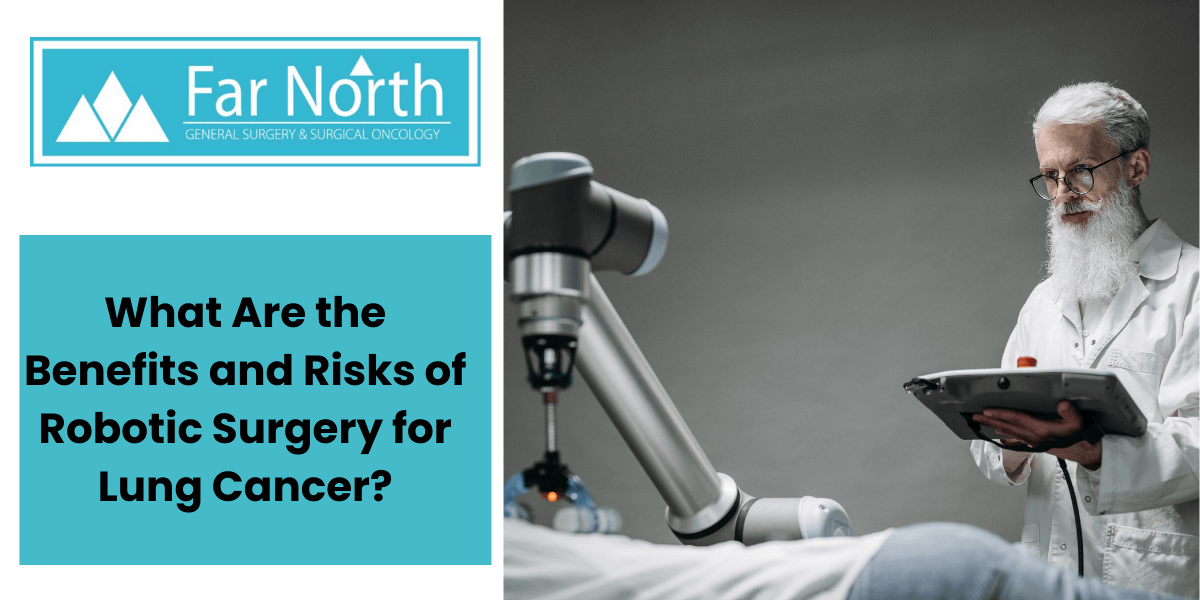


Also known as robotic-assisted surgery, robotic surgery allows doctors to perform various procedures with more control, flexibility, and precision than standard techniques. It has been increasingly adopted by hospitals in Europe and the United States due to its minimally invasive nature, but it can also be used in conventional open surgeries.
Computer-enhanced robotic technology called the da Vinci surgical system is used during robotic-assisted surgery. This robotic system allows surgeons to operate on the target area using a 3D HD camera and small rotating instruments. The movement of these instruments is like a human hand. However, they move with a greater range of precision and movement.
The surgeons will make small hand movements by holding the console controls (the console transmits the camera’s 360-degree view of the surgical field). The system then translates these movements by the surgical instruments inside the targeted area of your body, and the surgeon operates accordingly.
When robotic surgery is used to treat lung cancer, it’s called robotic-assisted thoracic surgery (RATS). This was introduced in 2002 and involves a cart with three or four robotic arms and a console that allows the surgeon to manipulate the arms. Robotic thoracic surgeons perform various types of procedures for lung cancer. It can depend on the location and size of the tumor.
Wedge resection
Segmentation
Robotic Lobectomy
See Also: What Surgeries Are Performed by Robots?
All three procedures mentioned above involve the surgical removal of the nearby lymph nodes around the mediastinum, and then lung surgery is performed (robotic lymph node dissection). This allows the surgeon to evaluate whether your cancer has developed beyond the lungs.
In a recent research comparing the results of all three types of surgery, it was found that lobectomy had the highest survival rate. However, not all people can have a lobectomy performed on them. For instance, some studies show that doctors may recommend either segmentation or wedge resection for those with early-stage lung cancer or lung reserve. These options are known as sub-lobar resections.
Robotic-Assisted Surgery Has Several Benefits as It Is Minimally Invasive. These Benefits Include:
In addition to these benefits, robotic-assisted surgery may have certain advantages over VATS. For example, a surgeon is provided with greater movement accuracy and a better view.
However, more research is necessary to determine whether such benefits can result in better outcomes for all patients. You must remember that every individual responds differently to different types of surgeries. The response can depend on many factors, such as the type of lung cancer or other medical histories.
Even a Surgery like Minimally Invasive Surgery for Lung Cancer Can Have Risks. These Can Include the Following:
However, these risks are minimal, and you don’t have to fear in most cases.
Robotic-Assisted Surgery Usually Takes 2-3 Hours to Finish and Generally Involves the Following Steps
The recovery time from robotic lung surgery is 2-3 weeks. However, while the body heals, the patient may experience symptoms like shortness of breath, pain, fatigue, and a sore throat due to the usage of the breathing tube.
See Also: AI-Enabled Robotic Surgery: How Collaborative Robots Are Assisting Surgeons
Takeaway
Robotic surgery is a minimally invasive surgery that removes cancerous lung tissues. Unlike open chest surgery, it includes quick recovery time and a short stay in the hospital. However, like any other surgery, robotic-assisted operations have risks. So, you must consult your doctor before opting for this type of surgery.
Are you looking for robotic surgery in Anchorage, AK? Contact us today? At Far North Surgery, we have one of the best surgeons in Anchorage with years of experience and expertise in the field of robotic surgery. We strive to provide you with the best care and treatment by using state-of-the-art equipment and high-quality services.